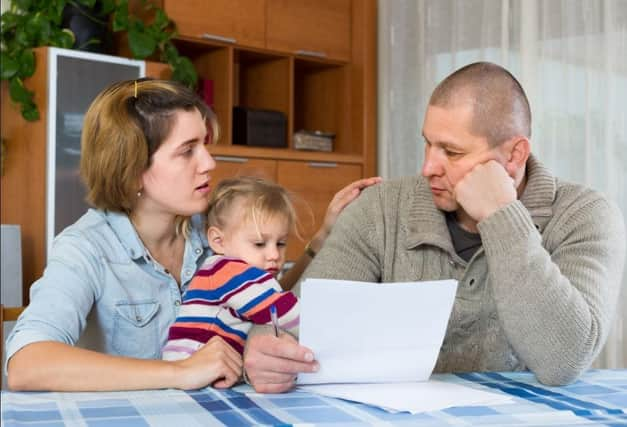Poorest households hit hardest by UK climate change levy despite using least energy


The UK is one of the leading countries in addressing climate change. As well as signing international agreements, the country has its own target to reduce greenhouse gas emissions by 80% from 1990 levels by 2050. And as part of the effort to meet that target, the government has added a levy to business and household energy bills. The average household energy bill is around £1,030 a year and the levy costs an average of £132 (2016 figures).
Advertisement
Hide AdAdvertisement
Hide AdThe good news is that the levy is working. About 20% of the levy is spent on improving the efficiency of homes. This is done by funding schemes such as the Energy Company Obligation, which provides insulation and other energy-saving measures to low-income households. The average household energy bill would be £490 higher without these improvements. The money is also spent on research to improve renewable energy sources, such as wind and solar power, and help bring down their cost.


But is this really a fair way to raise the money? Our new research shows that the poorest households not only are hit hardest by the levy but also receive less money back in the form of home improvements than they contribute in the first place.
To study the levy, we divided the UK into “income deciles”, ten groups each representing 10% of the population, divided from the lowest to the highest income. We then looked at how much energy use they were responsible for, both directly through their electricity, gas and fuel use, and from the other goods, services and infrastructure they use. The levy is only raised on a limited number of these “energy service demands”, namely home heat and power. So if your overall energy demand is higher for heat and power and lower for other services, you’ll pay a proportionally higher amount of the energy policy costs.
Energy demand by income decile (group 1 lowest income, group 10 highest) and energy service.University of Leeds, Author provided
Advertisement
Hide AdAdvertisement
Hide Ad